Top 10 Significant Motorcycles Designed By Massimo Tamburini

This week’s Top 10 celebrates the work of Massimo Tamburini, who died Sunday from complications due to lung cancer. An undisputed legend in motorcycling, any discussion regarding the most beautiful motorcycle ever will undoubtedly feature a Tamburini design.
Passing of a legend: Massimo Tamburini 1943-2014
Indeed, ranking all of Tamburini’s designs would be a tough order, but here we’ve compiled 10 of his masterpieces. Some of them have been smashing successes, while others could be considered utter failures. But they were all significant in one way or another. Undoubtedly there are some models missing from the list – that’s just the nature of these things – so we invite you to list your own favorites from the massive Massimo Tamburini body of work in the comments section below.
10. Bimota HB1
It may not be the prettiest motorcycle (although I think it’s pretty good looking), but the Bimota HB1 is historically important as it’s the first Bimota. After crashing his Honda CB750, Tamburini realized that the marvelous engines in Japanese motorcycles of the time were enveloped by terrible frames that flexed and twisted. While waiting for three of his ribs to heal after the CB750 crash, he had the idea to transition the Bimota name from making air conditioning ducts to one that would produce high performance frames for existing motorcycle engines.
Tamburini’s crashed CB750 would be the first test mule. After constructing a new frame to house the Honda engine, he went on to essentially build a racebike around it. Thus the HB1 (Honda-Bimota-1) was born. Only 10 examples were ever made, making their value extraordinary. In fact, Bonhams will be auctioning off one of these rare examples, and it is estimated to be worth as much as $108,000!
9. Bimota SB2
The trend of less-than-attractive Bimotas continues here with the SB2, but it hardly matters because when it was released in 1977 it was one of the most advanced superbikes of its time. Some may call the bodywork ugly, but it was aerodynamic. Underneath it all was a chromoly tubular chassis, engineered to make removal of the Suzuki GS750 engine easier.
The SB2 featured adjustable steering geometry, magnesium wheels, Brembo brakes, and was one of the first sportbikes with a single shock – all of which were highly advanced for the time. No surprise then that the SB2 handled very well, and combined with the potent Suzuki engine, it was a highly capable performer in all aspects. If you have one of the 70 examples ever created, consider yourself one of a very lucky few.
8. Ducati Paso 750
When Cagiva purchased Ducati, Tamburini was hired to help bring Ducati back to prominence. His first project for his new employer was something to bring Bologna into the future. The Paso 750 was the result. Named after racer Renzo Pasolini who lost his life in the 1973 Italian Grand Prix, the Paso was significant for a number of reasons. First, the Paso incorporated a new design that enclosed all of the motorcycle’s mechanical bits, including the 750cc Twin, underneath the bodywork. It also used a chromoly steel square-tube frame instead of the trellis design Ducati is known for today.
The Paso was a departure for motorcycle design of the time, and some might even say it influenced the design Honda copied for its Hurricane line. Unfortunately, this bold new design only saw marginal success on the sales floor.
7. Ducati 851/888
If Tamburini was just getting his feet wet at Ducati with the Paso, then the 851/888 cemented his arrival. Like the Paso before it, Tamburini was more involved with the styling of the 851 rather than the design of the whole motorcycle. With that said, the 851 perfected the fully enclosed motif of the Paso, making it look less bulbous while still leaving the bystander – and competition – wondering what lies beneath that bodywork.
The 851/888 also deserves special recognition, as Marco Lucchinelli took it to victory in the newly developed World Superbike series’ first weekend.
6. Cagiva C589
For a brief period of time Cagiva tried its hand at 500cc grand prix racing. In the 1989 season, the C589, piloted by Randy Mamola and styled by Tamburini, featured such items as a horizontal shock and banana-style swingarm. However, the results were often lackluster, as the Cagiva lacked top-end speed. In an effort to gain some back, Tamburini designed a more aerodynamic fairing. The effort helped, but despite the marginal gains, the C589 was plagued by incorrect weight distribution and poor power delivery. Cagiva carried on in grand prix racing until 1994, when American John Kocinski’s relatively consistent finishes (and a win) netted a respectable third-place in the championship. Had the C589 and its descendants been more successful, its ranking on this list would likely be higher.
5. MV Agusta F3 675
The last design Tamburini had any influence on, the MV Agusta F3 675, is a landmark motorcycle of sorts for the Varese company. Marking its entry into the middleweight sportbike category, it was clear that cues from the F4 transitioned to its little brother, and yet the F3 has its own distinct personality. From its tight, compact stance, to its distinctive triple exhaust pipes, after such heavyweights like the Ducati 916 and MV Agusta F4, the lightweight-in-comparison F3 seems a rather fitting sign-off for the legendary designer.
4. Bimota KB2
Continuing Bimota’s theme of creating frames for Japanese engines, the KB series, of which there were three iterations, made a proper handler out of various Kawasaki engines. In the KB2, the Kawasaki GPz550 mill is surrounded by a steel trellis frame and the best suspension components out there, including a single shock. It may not sound like a big deal today, but considering the KB line started in the 70s, this technology was groundbreaking for its time. Then as in today, it’s still a good looking bike, too.
3. MV Agusta Brutale
A naked bike, by definition, doesn’t consist of very many components, requiring only the bare minimum amount of panels. With this design parameter in place, how in the world did Tamburini design a motorcycle as sexy as the Brutale? The answer is by stylizing every single component from front to back. Sure, the main section looks like a stripped F4, but the angles of the headlight (which has been copied many times over by other OEMs), combined with the curvature of the frame, the dual exhausts, even the single-sided swingarm, all make for beautiful pieces on their own. Put them together and the Brutale is one of the most visually pleasing motorcycles around.
2. MV Agusta F4
Tamburini credits the MV Agusta F4 as his most satisfying motorcycle. Working with a blank sheet on which to revive MV Agusta from scratch, Tamburini became so ill during the early stages of the F4’s design he required hospitalization. As such, he worked frantically, constantly sketching in his notepad as he was worried he might not wake up on the other side of surgery. Of course, he came out the other side just fine, and with newfound vigor, the F4 became his obsession. When it came out in 1997, the F4 dropped jaws. The sharp lines, smooth curves, and distinctive quad exhaust pipes were simply stunning. So much so that even current MV Agusta F4s (and even the F3) are just evolutions of Tamburini’s original design. Because, as the saying goes, “if it ain’t broke, don’t fix it.”
1. Ducati 916
Duh. You knew before opening this list the 916 would be the headliner. Still, you’re probably drooling over the picture above the same way you did when your first saw it. Simply put, the 916, introduced for the 1994 model year, was unlike anything before it. Elegant and sexy, yet purposeful and aggressive, all at the same time. Underseat exhausts became popular because of this bike, mass centralization be damned. You couldn’t help but follow the exhaust pipe routing to see where it terminated, and in doing so your eyes would momentarily be diverted by the unobstructed rear wheel, made clearly visible thanks to the single-sided swingarm. The 916 showed that even elements like the twin headlights, which until now were either square or round pieces seemingly sourced from the local auto parts store, could be finely sculpted pieces.
Of course, the success of the 916 (and later the 996 and 998) would be a gift and a curse for Ducati, just ask Pierre Terblanche, who followed up the 998 with the little-loved 999. Some of Tamburini’s styling elements born on the 916 continue on in the Panigale of today. Both the MV Agusta F4 and Ducati 916 deserve to jointly hold the top spot, but historical significance gives the 916 the nod.
While we mourn the loss of Massimo Tamburini, we wonder what else he had doodled in his notepad during the last few years of his life. Is it possible we haven’t seen the last Tamburini design?

Troy's been riding motorcycles and writing about them since 2006, getting his start at Rider Magazine. From there, he moved to Sport Rider Magazine before finally landing at Motorcycle.com in 2011. A lifelong gearhead who didn't fully immerse himself in motorcycles until his teenage years, Troy's interests have always been in technology, performance, and going fast. Naturally, racing was the perfect avenue to combine all three. Troy has been racing nearly as long as he's been riding and has competed at the AMA national level. He's also won multiple club races throughout the country, culminating in a Utah Sport Bike Association championship in 2011. He has been invited as a guest instructor for the Yamaha Champions Riding School, and when he's not out riding, he's either wrenching on bikes or watching MotoGP.
More by Troy Siahaan



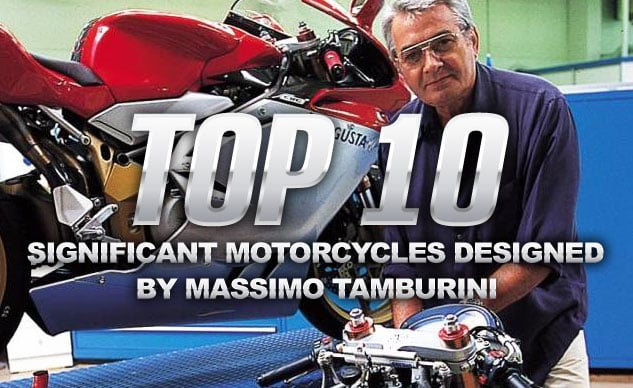











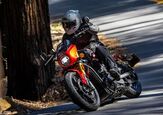
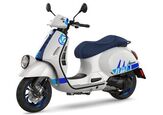

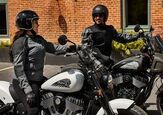

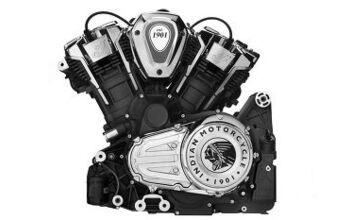


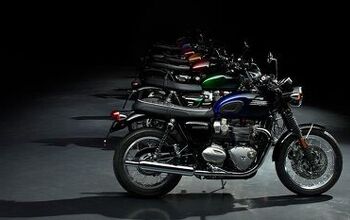

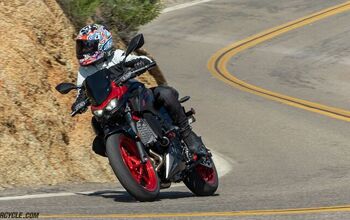
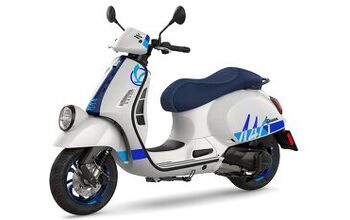
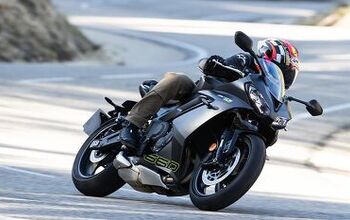
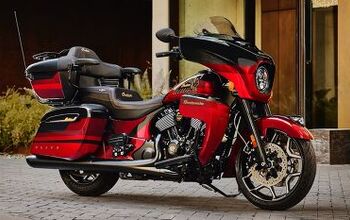
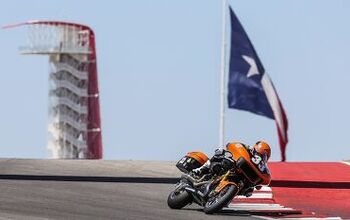
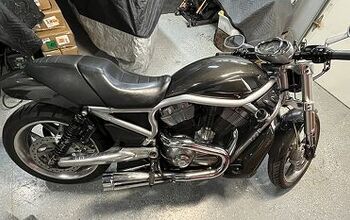
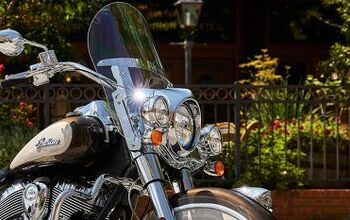
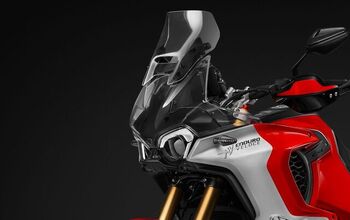
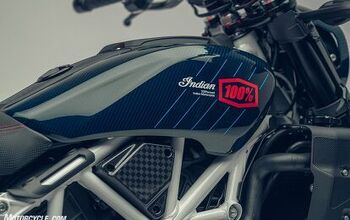
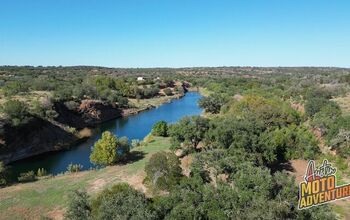
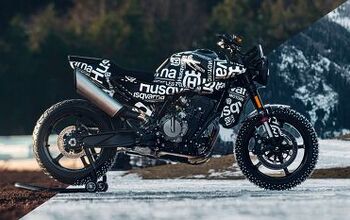
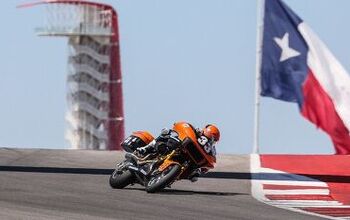
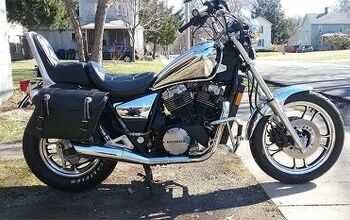
Comments
Join the conversation
Great story Troy! Really good reading.
Adrian Morton designed the MV Agusta F3, not Tamburini. To not even mention Morton's name - and to call the F3 a "fitting send-off for the legendary designer (Tamburini)" - is way off base. In interviews I've read with Morton, he actually had to defend his design against the input of both Tamburini and Castiglioni, both of whom desired that it look more like the F4. Whatever minimal (and largely unknown) influence he may have had on the F3, by way of critique, it certainly doesn't belong on a list of "...Motorcycles Designed by Massimo Tamburini".